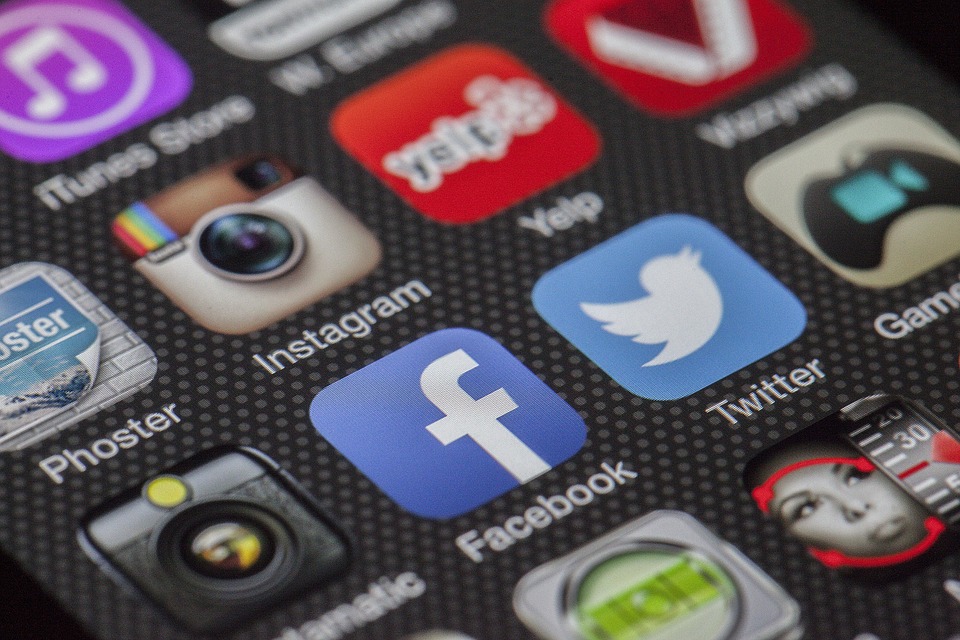A study based on 33,000 videos posted by almost 300 publishers shows that for publishers, the struggle is real.
By MediaStreet Staff Writers
Social video creation platform Wochit today reported that Facebook’s de-prioritisation of publisher and brand content is already having a negative impact across video metrics.
The annual report builds on insights published in the company’s quarterly indexes, informing brands, media companies and publishers of video trends and how to best leverage them to drive success.
So here is what you need to know:
- Views are declining: Following significant increases in the first half of the year, declines of 8-15 percent in the second half point to the impact of changes in Facebook’s newsfeed.
- Square is the winning format: As mobile is increasingly becoming audiences’ first screen, this format is proven to have a significant advantage over other aspect ratios, particularly in the increasingly important “comments” metric, which averages 5 times the average received by non-square video.
- Video’s “1 percent” persists: The 1.2 percent of videos that get more than 1 million views continue to have a disproportionate level of engagement, receiving 38.7 percent of total views and 58.3 percent of total shares across all videos. While a higher number of page followers boosts the chances of virality, the number of smaller publishers achieving this level of success proves it’s not the only factor.
- Longer videos get better results: Increasing in number but still a minority, videos longer than 90 seconds have considerably higher per-video metrics, receiving 52.1 percent more shares and 48.2 more views on average. This trend bodes well for the monetization opportunities of Facebook mid-roll, only applicable to videos of at least this length.
- Average engagement per video is highest across all metrics in Latin American countries, with nearly triple (269.6 percent) the shares, 253.3 percent more reactions, 166.8 percent more views and 134.3 percent more comments.
- All video is not created equally: Some content is simply more viral-ready, more a function of effective production techniques and compelling storylines rather than the result of artistry.
- “In the Know” titles are popular but don’t perform: While video titles purporting to show something the viewer NEEDS to know are common, these videos receive considerably fewer views (15-70 percent fewer!) than average.
“While we’re only seeing the headlines about Facebook’s latest changes now, our 2017 report shows the impact is already setting in, and this makes it even more important for brands and publishers to know and act on trends,” said Wochit CEO Dror Ginzberg. “And let’s remember that, even with algorithm changes, Facebook is second to none when it comes to opportunity to reach and engage with audiences. The best way to capitalise on that is to focus on delivering great video storytelling that will create meaningful engagement with your audience. This was true before Facebook’s announcement, is relevant across platforms as well as owned and operated sites, and it will remain true after it.”
























